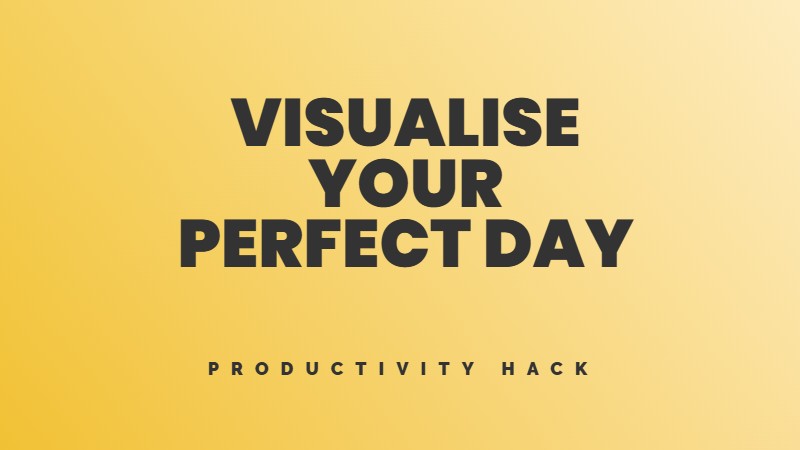Forget Marie Kondo’s joy-sparking minimalism – there’s a new home organizing trend in town, and it’s all about showcasing your stuff. Meet knolling, the method of arranging everyday objects in eye-catching, 90-degree configurations.
Born in the creative studios of artists and designers, knolling turns the ordinary into the extraordinary, transforming cluttered spaces into visual masterpieces. It’s not about purging your possessions, but elevating them to art. Knolling invites us to see the beauty in the things we own, one carefully aligned row at a time.
What is Knolling?
Knolling is the act of arranging related objects in parallel or at 90-degree angles, creating a visually pleasing and organized layout. Sculptor Andrew Kromelow coined the term in 1987 while working as a janitor in Frank Gehry’s studio. Artist Tom Sachs, who also worked there, later popularized the concept.
The method gets its name from the iconic furniture company Knoll, known for its sleek, geometric designs. Early Knoll advertisements showcased an aura of artful tidiness that embodied the knolling concept.
Why Knoll instead of Kondo?
Marie Kondo’s decluttering philosophy of keeping only items that “spark joy” has gained immense popularity in recent years. But knolling offers a different approach – instead of purging belongings, it focuses on purposefully organizing and showcasing them.
Knolling highlights your possessions, transforming them into visually appealing displays. It’s about curating and arranging, not discarding. This method feels particularly relevant now, as many people crave a sense of order and control in their lives.
Knolling in practice
To apply knolling in your own space, start by grouping related objects together. Arrange them in neat, parallel lines or at right angles to create a pleasing layout. For example:
The key is to be intentional with your arrangement, treating your belongings like a curated art display.
Beyond the visual appeal, knolling can also boost productivity and clarity. When everything has a designated place and is easy to locate, you save time and reduce stress. A well-organized space fosters a well-organized mind.
Applications
Knolling has various uses:
Pros and Cons
Benefits of knolling include:
However, some argue knolling:
Adopting the knolling mindset
Knolling is more than just a trendy organizing technique – it’s a mindset shift. It’s about finding beauty and purpose in the objects you choose to keep and creating a sense of order in your environment.
So before you start tossing things out in a minimalist frenzy, consider trying knolling. Seize your belongings, arrange them with care, and let the life-changing magic of knolling transform your space and mind.




Leave feedback about this